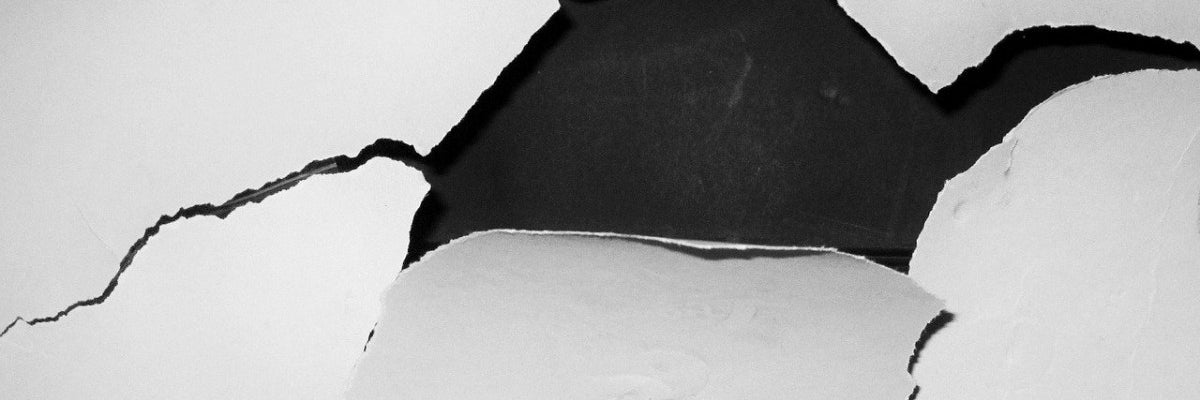Qu'est-ce que l'épisiotomie ? est-ce systématique ?
21 mai 2021

L’épisiotomie qu’est-ce que c’est ?
L’épisiotomie est une intervention qui consiste à inciser le bas du vagin et les muscles du périnée (groupe de muscles et de ligaments situé entre l’anus et le vagin pour soutenir les organes du bassin) durant l'accouchement, sur 2,5 à 6 cm en moyenne. Elle a pour but d’élargir l’orifice vaginal et de faciliter et accélérer la sortie du bébé, ainsi que d’éviter les déchirures graves spontanées en préférant une coupure nette, éviter aussi une descente d’organe ou encore une incontinence d’effort.
L’incision est souvent pratiquée en diagonale, mais peut aussi être latérale (afin d’éviter les déchirures anales) ou verticale.
Une fois l’accouchement terminé, il va refermer par des points de suture effectués avec du fil résorbable. Cette suture est d’ailleurs aussi nécessaire si une déchirure naturelle se produit.
Pour autant, cette intervention comporte de nombreux désavantages comme une possible douleur qui peut durer plusieurs jours voire plusieurs semaines, une enflure à l’endroit de l’incision, un risque d’infection, de perte de sang important, un risque accru de déchirure profonde du périnée, ou de douleurs persistantes lors de rapports sexuels. De plus, après l’accouchement et jusqu’à ce que la cicatrice se referme, il faut la rincer et la sécher après chaque passage aux toilettes.
Des mesures simples peuvent donc être mises en place pour diminuer les risques de déchirure du périnée comme pousser en position couchée sur le côté, l’application d’une compresse chaude sur le périnée, appliquer une pression sur le périnée pour le soutenir pendant les poussées, ainsi que le massage du périnée.
Découvrez plus en détail avec nos pros de santé comment préparer votre périnée pour l'accouchement en évitant l'épisiotomie :
L’épisiotomie est-elle moins pratiquée ?
L’épisiotomie a été mise en pratique il y a 250 ans, et a été réalisée de façon quasi-systématique, notamment en cas de première grossesse. C’est-à-dire qu’elle représentait plus de 50% des accouchements au début des années 1990 en France, et c’était même 80% des accouchements dans les années 80.
Aujourd’hui elle est remise en question, et de moins en moins pratiqué afin de suivre les recommandations énoncées par le Collège national des gynécologues et obstétriciens français en 2005, qui stipule que l’épisiotomie ne devrait être pratiquée que dans les cas où elle est nécessaire et ne pas concerner plus de 30% des accouchements.
En effet, dans les années 80, des organisations de femmes aux Etats-Unis et au Canada ont demandé une évaluation précise de l’épisiotomie. L’étude qui est apparue en 1984 a montré que l’épisiotomie systématique ne représentait aucun bénéfice, ni pour le bébé, ni pour sa mère. D’autres études sont venues confirmer les faits en montrant qu’une pratique restrictive de l’épisiotomie permettait d’avoir un nombre accru de périnées intacts, sans pour autant avoir une augmentation des déchirures sévères.
Dans les années 90, l’OMS recommande donc au pays de ne pas dépasser un pourcentage de 20% d’épisiotomie lors des accouchements, et a réduit ce pourcentage à 10% par la suite, comme c’est le cas en Suède, alors que la France a encore un taux autour de 30%.
L’épisiotomie peut se pratiquer pour la naissance de gros bébés (plus de 4 kg), des bébés qui se présentent « en siège », lorsqu’il y a besoin d’utiliser des forceps, en cas d’urgence obstétricale, ou encore si le périnée de la mère est court et qu’il y a une menace de déchirure grave.
De plus l’épisiotomie doit se pratiquer avec le consentement de la femme enceinte. Nous vous conseillons donc de discuter avec votre médecin avant l’accouchement afin de déterminer les circonstances dans lesquelles celui-ci pourrait pratiquer une épisiotomie.
Après un accouchement, les culottes menstruelles Elia sont vos meilleures alliées grâce à la douceur de leur coton bio qui respecte votre corps et la planète !


Commentaires